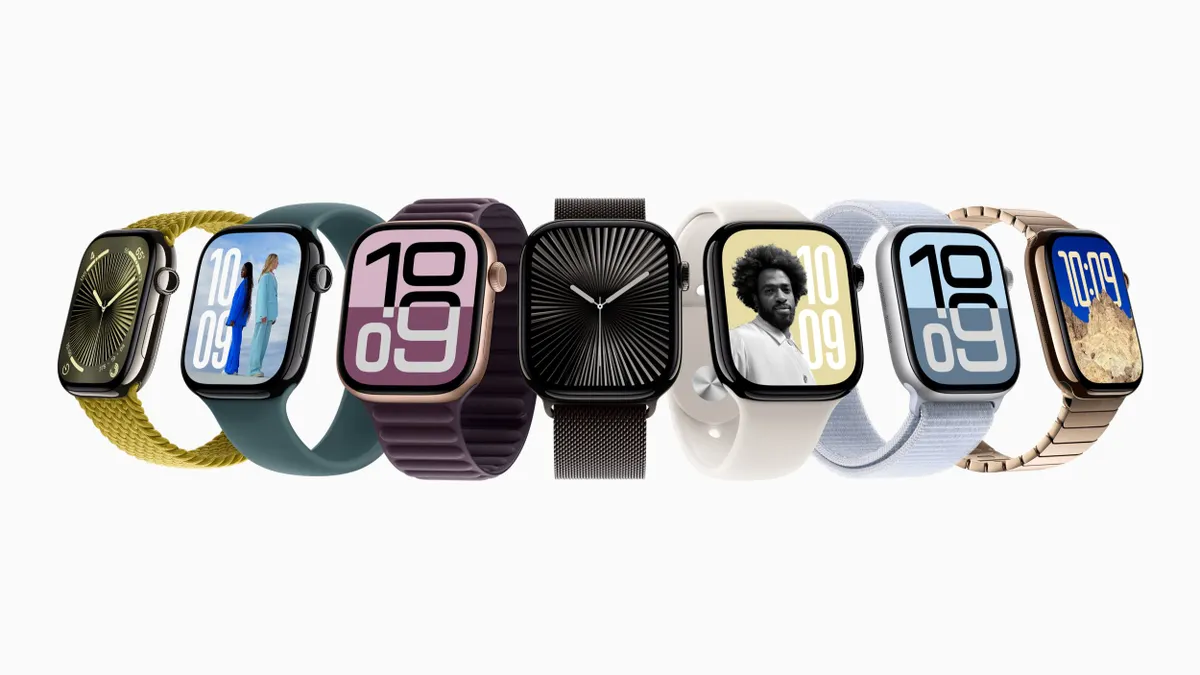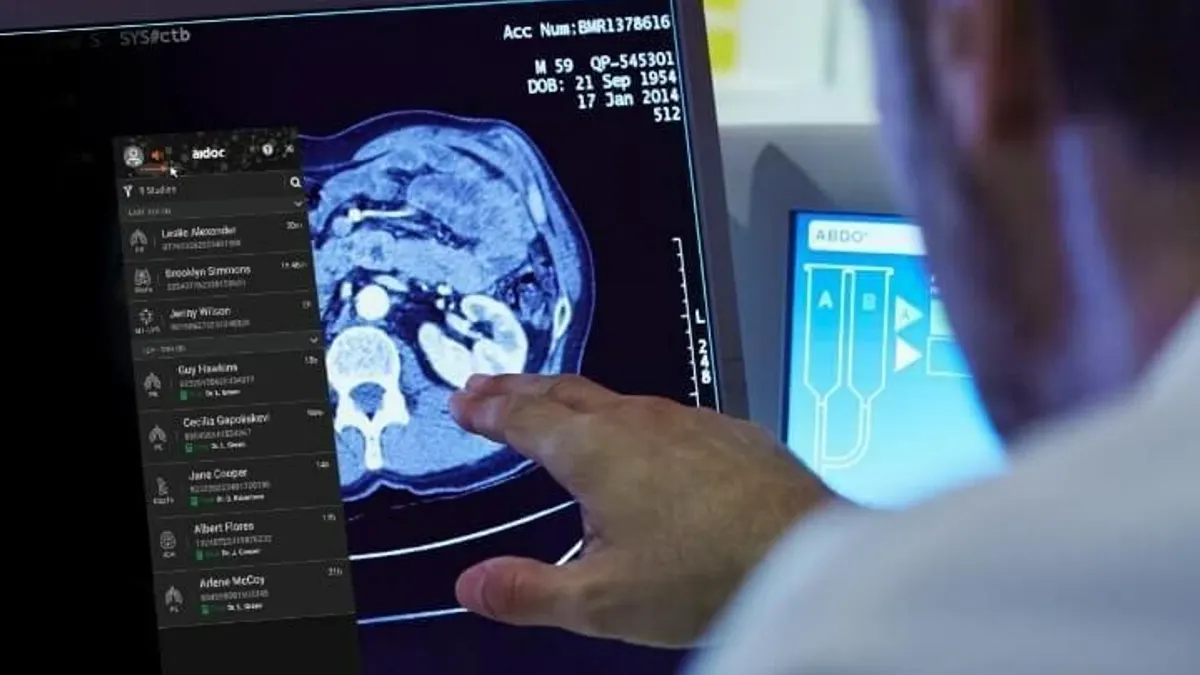Canary Medical, which worked with Zimmer Biomet to develop a “smart” knee implant, is nearing a full launch of the device.
Zimmer received Food and Drug Administration clearance in 2021 for its Persona IQ knee implant, which includes a sensor developed by Canary built into the stem of the implant. It allows clinicians to track metrics, including a patient’s range of motion, step count and walking speed for up to 10 years.
The device has been in a limited market release, but Zimmer CEO Ivan Tornos said in a recent earnings call that the company will enter a full launch this year.
Canary has also been working on a separate acoustic sensor for heart failure patients. The company recently completed a two-person feasibility trial of the implanted device, which Canary is developing to help patients and clinicians better manage congestive heart failure symptoms with medication.
MedTech Dive caught up with Canary CEO Bill Hunter to talk about progress with Persona IQ and other devices the company is developing.
This interview has been edited for length and clarity.
MEDTECH DIVE: You’ve been working with Zimmer on a “smart” knee implant, Persona IQ. How is that going?
BILL HUNTER: When we launched the product, it was certainly an interesting idea, and it was something that there was a lot of excitement around, but the reality is that when we first started collecting data there was no context.
The questions everybody wanted to know — “Is this normal, abnormal, good, bad?” — we didn't have the answer for because we didn't have enough patients. And just as importantly, it takes a patient a year to recover from a total knee replacement, and we didn't have one year of data to follow the entire patient journey. The first year and a quarter was really just about getting our bearings.
Nobody knew what a normal step count was on day five or what a normal range of motion was on day 12. We needed sufficient patients to be able to say, this is average, this is good, this is bad. And we needed enough time to pass to document the entire patient journey.
It was the beginning of Q2 2023 when we had enough knowledge to start to provide some clinical benefit.
It was really in this last year that you could say, “Here’s a baseline, here’s what we know from this last year of data?”
Exactly. As we had gone into the fall, we had a couple of fairly significant users. We had one practice that has probably put in close to 1,000. We had another high-volume practice that was using quite a few every week. Now, we were starting to get a better understanding of what I would call the patient management aspect of it.
We learned that yes, the surgeon decides whether or not they want to put in a smart knee, but it's really the care team that has to take that data, look at the data, provide the patient with feedback, and potentially change the care pathway one way or another, depending on what they see. And that's a multi-step process.
It's not one of those things where you take a look at it for the first time and presto, it all makes sense.
How do practices use this data?
We have practices that are moving to what I would call a virtual-first model. If they look at the one-month, two-month, three-month data and the patient is excelling, they contact that patient. And if the patient says “Yeah, I'm feeling great,” they stay on a virtual model. They don't bring them back for the three-month, the six-month and the 12-month visit.
You want to make sure that you're still being reimbursed for doing all that follow-up. So, there's that incorporated on the billing side. On the other hand, if you're not doing well, and your activity metrics, your range of motion is poor, they don't necessarily wait until the three-month visit anymore. They may bring those patients back earlier and try and increase the physical therapy, increase the activity, maybe implement a little bit of home care to try and get things moving before the patient ends up with an operating condition.
What other uses are you working on for this technology?
Our vision of the business was not really to be a classic medtech manufacturer. Our vision of business was to harvest very unique data from inside the medical devices that patients use and then use that data to augment clinical practice. With Zimmer, the next step is to go into hips and shoulders. Zimmer plans to have a smart option for their entire implant portfolio.
We are working on a spinal implant for interbody cages. That's getting closer to a partnership and a normal development plan.
Our first cardiac monitor will go into patients this month, actually. Our belief is five, 10 years from now, most major medical devices will provide some sort of feedback to help clinicians understand what's going on at the site of injury.
Who are you working on the cardiac monitor with?
We're developing that on our own. It's different than what we do in spine and orthopedics. It's not physically attached to the device. It's a small implant that goes over the chest wall, just like a pacemaker battery would, and it's designed to look at physiology. It's designed to look at the valvular function. It's designed to look at stenosis in the coronary arteries. It's designed to look at fluid levels in the lungs.
Just that type of thing could certainly allow an easier ability to titrate medications, blood pressure medications, diuretics, things like that. It's geared more towards chronic management of cardiac patients.
How long is the battery life?
This one is a lot easier for us. Our knee is cemented in place, so we designed the battery and the sampling algorithm to last for 20 years because we only get one shot of putting the battery in. With a percutaneous approach, you can replace the battery, just like we do with pacemakers. Most of the batteries we would use would probably give us two to three years of continuous monitoring. When that ran out, you could go back and replenish it.





















